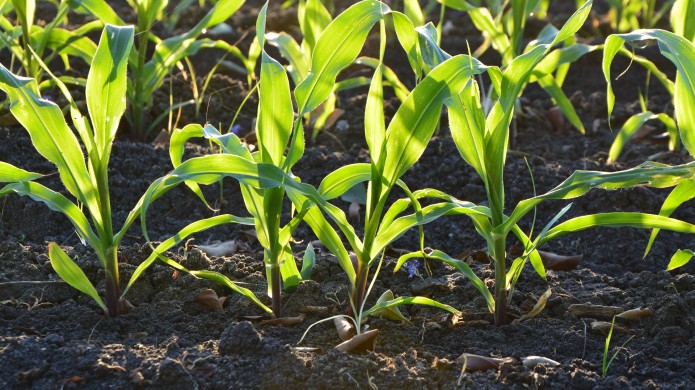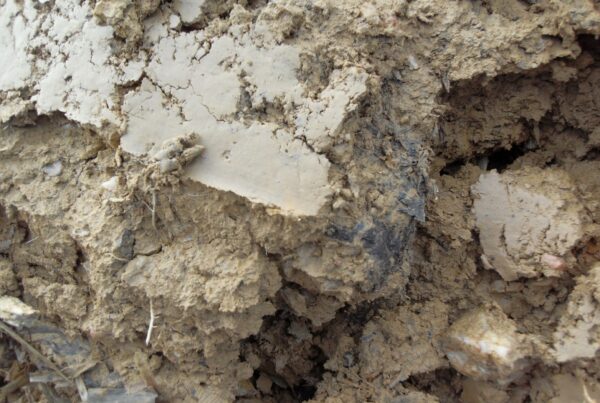Drought costs farmers around the world around €11bn in crop losses every year. But new trial results show that combining unique biostimulants with micronutrients could be the answer to food security.
In collaboration with the Nottingham Trent University (NTU) and sponsored by the UK Government – Innovate funding, Olmix Plant Care, through its subsidiary MPH in the United Kingdom, has undertaken a co-trial that aims to bring to light in the plant the epigenetic modifications lead by one of its biostimulating formulation.
The study looked at the effect of a hybrid biostimulant with nutrients on drought and heat tolerance in a range of crops. Results are very promising since it was found out that the product changed the plants’ response to stress, increasing drought tolerance by 25-35% and boosting yields by up to 30 percent.

The challenge of abiotic stress
Abiotic stress – due to extreme temperatures, water, salt and solar radiation – induce a metabolic and epigenetic change in a plant, weakening its natural defence mechanisms and increasing its susceptibility to disease, pests and subsequent crop failure.
“Biostimulants have the potential to affect a plant’s response to this stress, stimulating its own natural processes, while micronutrients enrich its growing environment,” said Chungui Lu, Professor of Sustainable Agriculture at the University. “This new formulation comprises a number of key nutritional materials, including micronutrients, in a novel combination with several biostimulant components, which suppress abiotic stress and stimulate further growth.”
The trial is the latest to be carried out on this new technology, after it produced remarkable effects under initial testing on protected salad and field crops in the Middle East, Southeast Asia and Europe.

In this trial:
- Treated crops increased cutin formation.
- Reduced respiration, preventing water loss.
- Increased some enzymes and defence activity, boosting nutrient transfer, growth and disease resistance.
The scientific paper on this research is bound to be published in 2021.
Read the full article at New AG International magazine.




